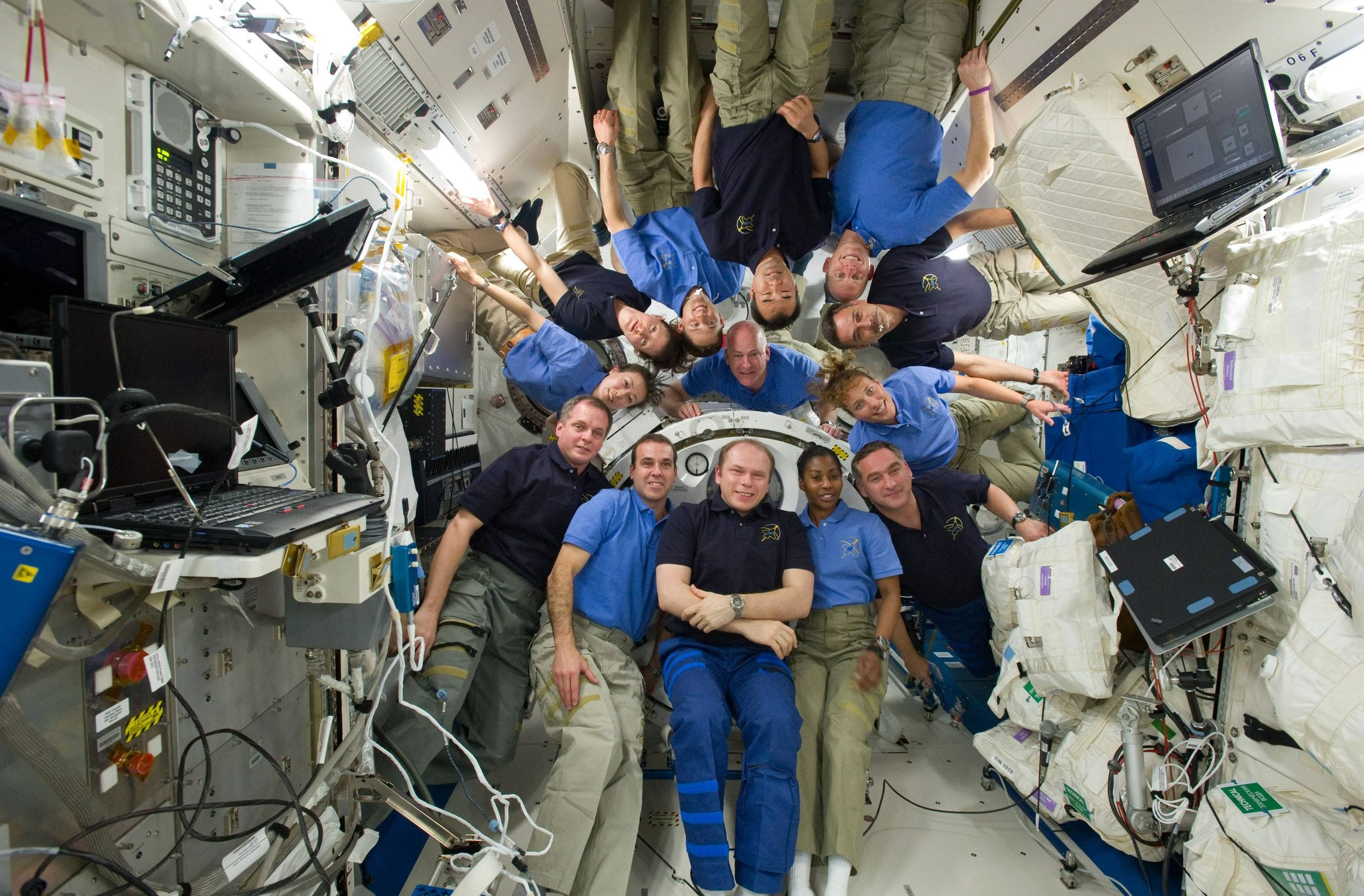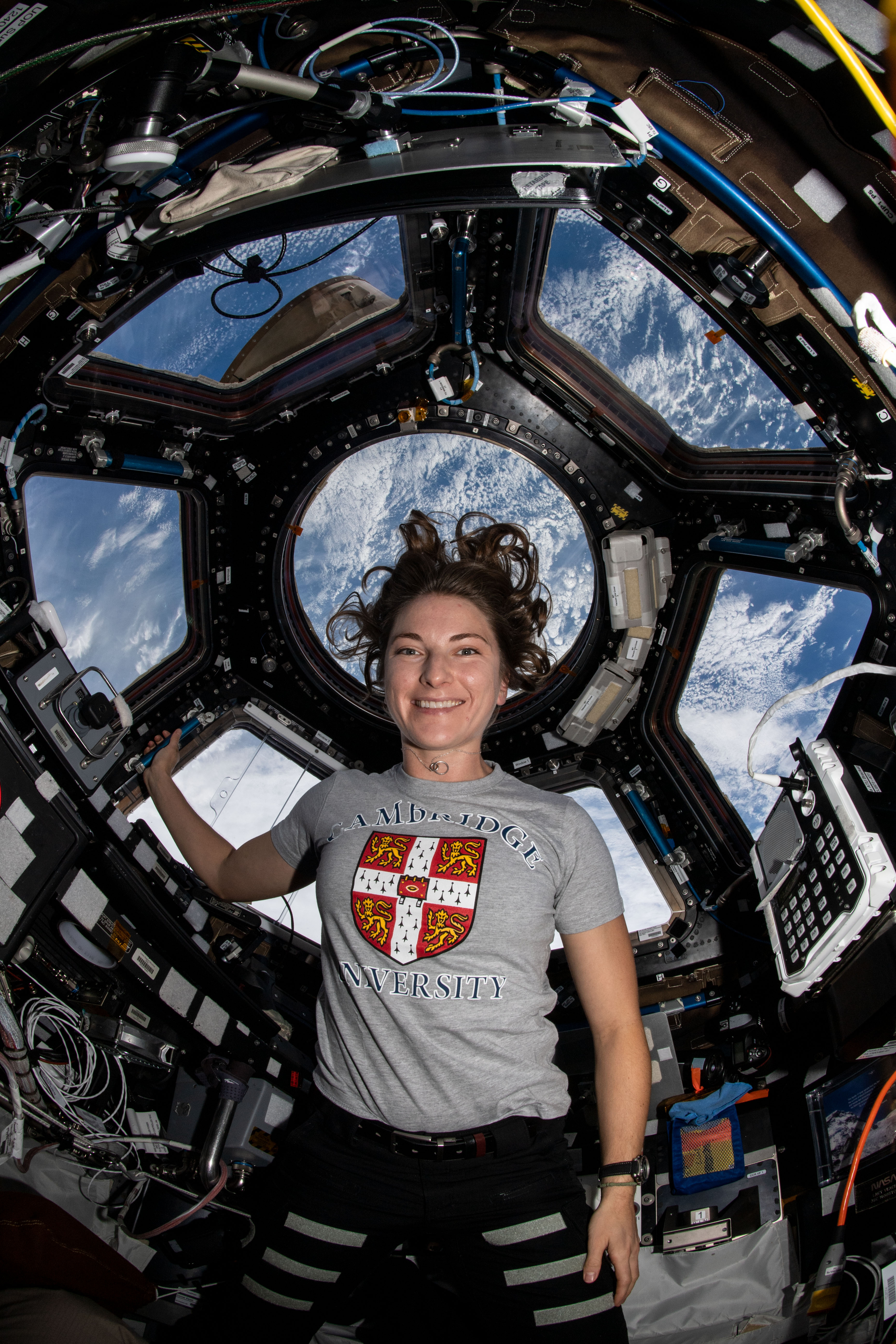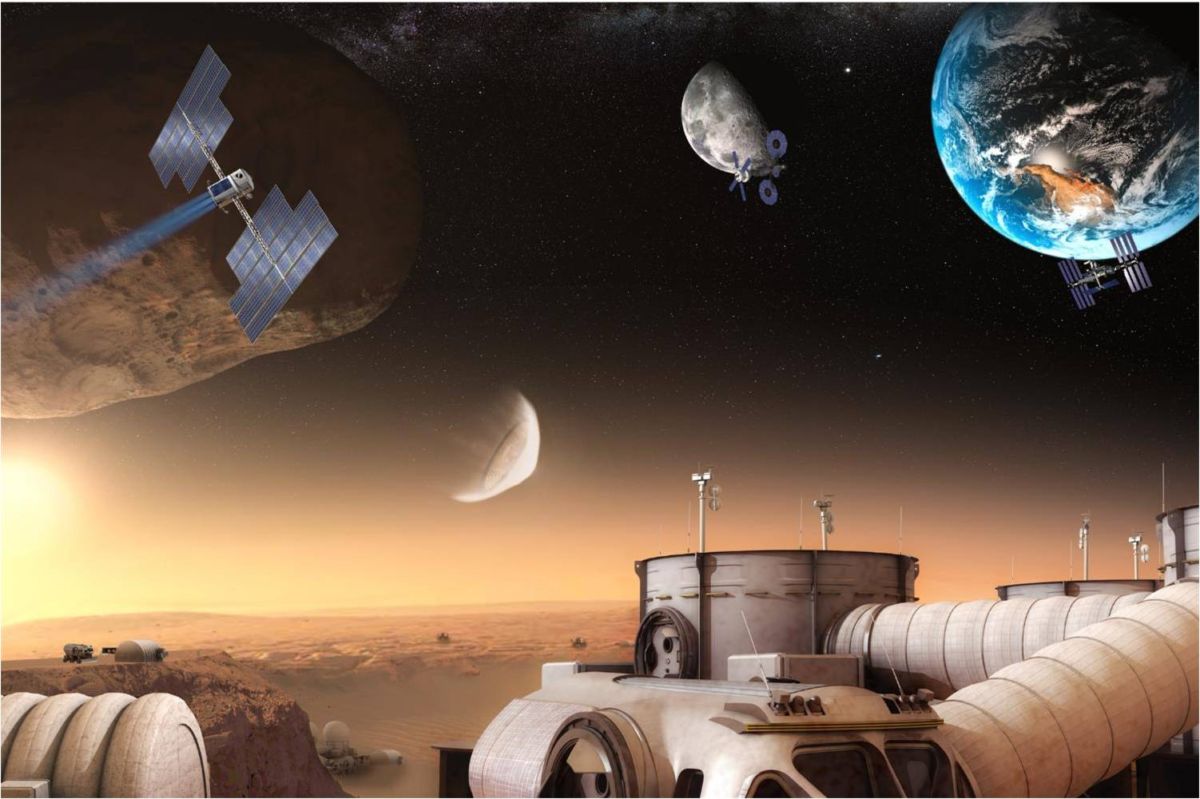
'Space archaeology' research on the ISS will help design better space habitats
The new project could aid NASA's crewed push to Mars.

A unique archaeological study of crew culture within the International Space Station (ISS) will focus on the orbiting habitat as a "microsociety in a miniworld."
This inside look at the ISS, called the International Space Station Archaeological Project (ISSAP), is expected to supply new insight into human life in space and issues of habitation design. The findings could prove useful for other mini working cultures here on Earth, such as Antarctic research stations and long-deployment nuclear submarines, as well as for future Mars missions.
The project began in 2015 and was awarded a $244,400 Discovery Grant from the Australian Research Council. The venture is led by space archaeologists Alice Gorman, of Flinders University in Australia, and Justin Walsh, of Chapman University in California.
Related: International Space Station: A photo tour

Human adaptation
Space archaeology is a pioneering new subfield that extends the traditionally Earth-centric discipline to space. Central to the ISSAP is valuing the evolving cultural, social and material structures of the ISS, which has been occupied continuously since early November 2000. The orbiting outpost also serves as a novel locale to gather data about human adaptation to a completely new environment. The ISSAP takes a new approach to this area of study.
"It's not that the ISS and how people live on it hasn't been studied extensively; there's a huge amount of research into what they call 'human factors,' Gorman told Space.com. "A lot of it is biomedical or psychological, with a few sociological studies. But no one has taken an archaeological approach before."
The project is looking at how ISS crewmembers interact with objects and their physical environment and how these interactions change over time, Gorman said.
Get the Space.com Newsletter
Breaking space news, the latest updates on rocket launches, skywatching events and more!
"The advantage of archaeology is that it shows us what people actually do, rather than what they think, or say, they do," she said. "We're looking for patterns that develop over years or decades."
Humans have adapted to major climate changes, migrated across the world and experienced radical transformations in society and technology over the eons. The aims of the research, Gorman said, are to examine how space fits into these adaptations and to determine the next stage of adaptation.

New questions and approaches
Given the breadth of the ISSAP project, some research topics may turn out to be surprising, Walsh said.
"It's my favorite part of what we are doing — trying to come up with new questions and new approaches and methods," Walsh told Space.com.
One such avenue, according to Walsh, is to recognize what work the crew could do that would reveal aspects of the crew's material culture and help future habitat designers do their work better.
"For example, there have already been several studies of the acoustic environment of [the] ISS — which modules are quiet, which are loud, etc.," Walsh said. "We know the crew is often bothered by the noise, and they wear earplugs a lot. What nobody knows yet is how that noise affects other aspects of the lived experience of people in space, like privacy — how far do you have to go away from other people to have a private conversation, whether it's with another crewmate or with loved ones back on Earth?"
Another study under development looks at how crewmembers place, use and move restraints — such as Velcro, bungee cords, handrails and resealable bags — over time to help them recreate situations in microgravity, Walsh said. The restraints allow astronauts to create "gravity" in a microgravity environment — a concept Gorman dubbed "gravity surrogates."
"And when we see lots of Velcro placed on a wall, that means that the crew decided that this area really needed gravity, while other areas may not, due to the kinds of activity happening there," Walsh said.
Some data for the project was just sitting there, waiting to be used — like 8,000 photos of the ISS interior posted on NASA's Flickr site. Those photos come with metadata, like the date and time each photo was made, who is shown in each one and where on the station the photo was taken.
"All of that has been great for training our machine-learning algorithms to recognize the people and places," allowing the ISSAP researchers to do an analysis of visual display practices and to produce, for the first time, an approximation of the way different groups of people —men and women, people from different countries and people from different space agencies — are distributed around the ISS, Walsh said.
Related: Weightlessness and its effect on astronauts

Social and cultural components
Walsh hopes the ISSAP work will show that the social sciences can be immensely valuable to long-term life in space. NASA's quest to send people on a three-year round trip to Mars underscores how a better understanding of the crew culture in a space habitat can help to achieve a more successful mission.
"For every technical problem that engineers and physical scientists are trying to solve, there are social and cultural components to those problems," Walsh said. "If you don't address those components, too, you're going to end up with suboptimal solutions."
While the ISS has served as the habitat for the initial ISSAP work, the orbiting lab will eventually cease to exist. In the meantime, there are several space stations being planned for Earth orbit and one for lunar orbit. "So I think we're going to keep going until we can do the first archaeological study of a habitat on Mars," Gorman said.
This is only the beginning of the work to come in this emerging field. "It feels like we're only starting to get off the ground, and there are so many questions and possibilities," Gorman said. "There's much more coming in 2022, including the first archaeological experiment in space, so stay tuned!"
Leonard David is author of "Moon Rush: The New Space Race" (National Geographic, 2019). A longtime writer for Space.com, David has been reporting on the space industry for more than five decades.
Follow us on Twitter @Spacedotcom or on Facebook.
Join our Space Forums to keep talking space on the latest missions, night sky and more! And if you have a news tip, correction or comment, let us know at: community@space.com.

Leonard David is an award-winning space journalist who has been reporting on space activities for more than 50 years. Currently writing as Space.com's Space Insider Columnist among his other projects, Leonard has authored numerous books on space exploration, Mars missions and more, with his latest being "Moon Rush: The New Space Race" published in 2019 by National Geographic. He also wrote "Mars: Our Future on the Red Planet" released in 2016 by National Geographic. Leonard has served as a correspondent for SpaceNews, Scientific American and Aerospace America for the AIAA. He has received many awards, including the first Ordway Award for Sustained Excellence in Spaceflight History in 2015 at the AAS Wernher von Braun Memorial Symposium. You can find out Leonard's latest project at his website and on Twitter.









